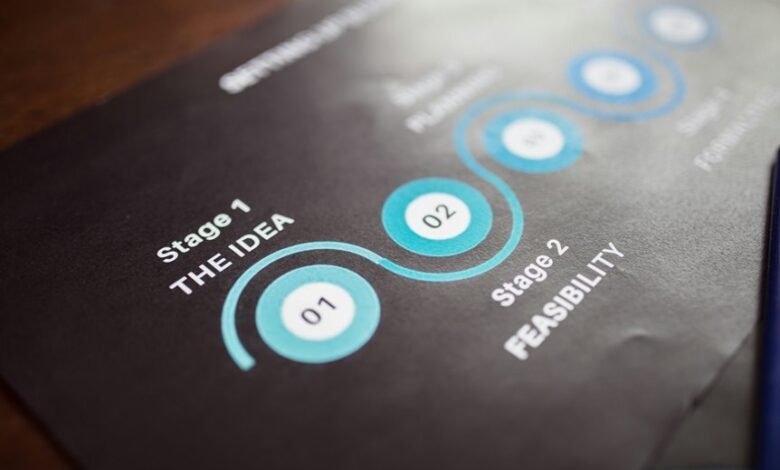Project Delivery Overview: 18449794050, 18552311590, 18552826353, 18553231871, 18553376884, 18554066854

Project delivery encompasses a range of methodologies designed to enhance efficiency and meet stakeholder needs. Approaches such as Agile, Waterfall, and hybrid models each have their strengths, influencing how teams navigate project complexities. Understanding these methods is crucial for optimizing outcomes. Yet, the real challenge lies in aligning these strategies with stakeholder expectations. A closer examination reveals the nuances that can make or break project success. What factors contribute most significantly to achieving those desired results?
Understanding Key Project Delivery Methods
When evaluating project delivery methods, it is essential to recognize their distinct characteristics and implications for project success.
Agile methodologies promote flexibility and iterative progress, while the Waterfall approach emphasizes a linear, sequential process.
Hybrid models combine these strategies, allowing for adaptability within structured frameworks.
Lean principles focus on efficiency, minimizing waste, and enhancing value, fostering a culture of continuous improvement in project execution.
Benefits of Effective Project Delivery
Effective project delivery offers numerous advantages that significantly enhance the likelihood of achieving project objectives.
It fosters project efficiency by streamlining processes and resource allocation, leading to timely completions.
Additionally, effective delivery promotes stakeholder satisfaction through transparent communication and involvement, ensuring that expectations align with outcomes.
Ultimately, these benefits contribute to a more successful project environment, where achievements resonate positively with all involved.
Strategies for Optimizing Project Outcomes
To optimize project outcomes, it is essential to implement well-defined strategies that align with overarching goals.
Effective resource allocation ensures that team members are utilized efficiently, while robust risk management identifies potential challenges early.
Conclusion
In conclusion, effective project delivery is crucial for aligning stakeholder expectations with project outcomes. Research indicates that organizations using structured project delivery methods can enhance project success rates by up to 30%. This statistic underscores the importance of adopting robust methodologies and continuous improvement practices. By prioritizing effective communication, resource allocation, and risk management, teams can foster innovation and efficiency, ultimately leading to more successful project achievements and greater stakeholder satisfaction.




